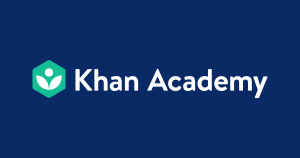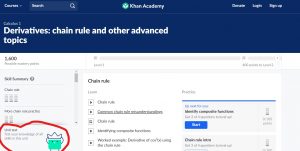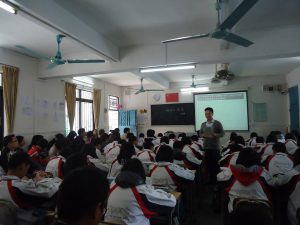Open Education Resources (OER) can be used as teaching, learning and research materials and other purposes that are educational in nature. Open Education Resources is a way of disseminating knowledge through all platforms and providing learners and other individuals with opportunities to use, share, and reuse knowledge. It is a method of showing that knowledge is a resource anyone could access and acquire at the same time showcasing importance of technology to education. Floe inclusive learning design handbook is an example of an Open Education Resource since it is designed to provide assistance to teachers, web developers and web creators etc. in creation of resources that are personalized and adaptable and allows for diverse learning in terms of catering for individual differences and needs and content preference.
A. Identify three concepts, ideas, or issues you think are the most important and explain why.
Three concepts that I find most important in this inclusive learning design handbook are meeting learner needs and preferences, inclusive learning using visual content (Video) and lastly simulations and web games used in inclusive learning. Learner needs and preferences are important aspects of teaching and learning. It is clear from the handbook that principles behind creation of an inclusive learning is to enhance transformation and malleability of learning resources as by learner preferences and needs. A learner using inclusive learning design has access to many customizations and transformations i.e. text, video and audio content. I think this is an important aspect since learning is an activity that can be enhanced through more interaction with content making it easier to understand and comprehend learning activities.
The second important aspect is video content, which satisfy learner needs since over the past there has been preference of using video content in learning. Video content is proving an important medium of learning provided certain aspects of the video content are catered for. This is an important aspect of inclusive learning design since it is a way of enhancing ability of learners to recreate learning activities as learning is active. It is also important in allowing learners apply different learning strategies. It is also an important aspect is satisfying learner application of different knowledge acquisition styles. Incorporation of video, speech, transcripts and subtitles serving preferences of those who like to read as well as those who prefer viewing.
Web games and simulations is another aspect of inclusive learning I consider important in inclusive learning design.it is a way of enhancing learning experiences since they are interactive. It enhances learning as it increases its attractiveness, interaction and interest. It is a way of ensuring learners are focused on learning rather than interactions through logical and predictable structure of such games.
B. Identify two concepts, issues, or ideas you are having difficulty understanding
Two concepts I have difficulty understanding are aspects of accessibility and scalable vector graphics and definition of perspective in the handbook. Scalable vector graphics are described as vector graphics in markup on a web page. Scales can be adjusted without loss of quality, however, common problems of SVG include unable to use editors, missing fonts and distortion of content. This is difficult for me to understand since I don’t get how it allows accessibility in this kind of learning. Second is concerning the part that talks about perspectives in the inclusive learning. There is value of greatness rather than equality in learning meaning smaller numbers in a group are not valued. I do not agree with this since rank should be an aspect of information source that should allow people acquire valuable information and feedback.
C. Pose one questioning relation to universal design that was not addressed in this module
One question I would like to pose in relation to universal design that was not addressed in the module is; is there evidence of effectiveness of using web games and simulations in inclusive learning? What are the negative and positive effects of web games and simulations on inclusive learning?




